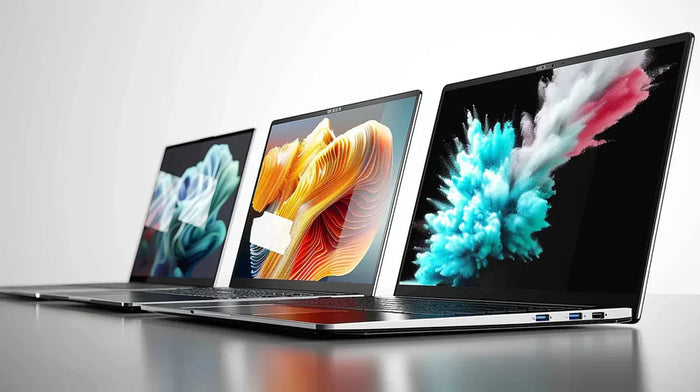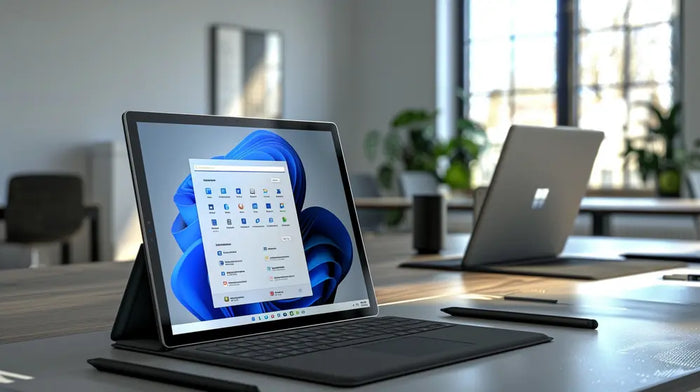GPU VRAM is a specialised type of memory that is built into graphics cards. It is designed to store and quickly access the data needed for rendering images, videos, and 3D graphics. Unlike system RAM, which is used by the CPU for general computing tasks, VRAM is dedicated solely to the GPU and its tasks.
VRAM allows the GPU to access the data it needs much faster than if it had to rely on the system RAM, resulting in smoother and more efficient graphics performance. The amount of VRAM a graphics card has can significantly impact its performance, particularly in graphically intensive applications like gaming, video editing, and 3D modelling.
Higher VRAM capacities allow the GPU to store more data locally, reducing the need to transfer data back and forth between the system RAM and the graphics card.
GPU VRAM Explained Simply
Picture GPU VRAM as a high-speed, specialised workshop located right next to a construction site (the GPU). This workshop is stocked with all the tools and materials (data) needed to complete the specific tasks assigned to the construction team.
By having this dedicated workshop, the team can access the tools and materials they need much faster than if they had to go to a general store (system RAM) located far away from the construction site.
This proximity and specialisation allow the team to work more efficiently and complete tasks more quickly. The size of the workshop (VRAM capacity) determines how many tools and materials can be stored on-site.
A larger workshop allows the team to tackle more complex projects (graphically intensive applications) without having to make frequent trips to the general store for additional supplies. With the help of this dedicated, high-speed workshop, the construction team can work at optimal efficiency and produce high-quality results in a shorter time frame.
Here's why VRAM matters:
- Keeping Up with Fast Graphics: Modern games and other demanding applications use complex textures, high resolutions, and lots of detail. VRAM stores this visual data right next to the GPU for super-fast access.
- The Bigger the Better (Usually): More VRAM allows the GPU to store more complex visuals without hiccups. This is especially important for high-resolution gaming or working with intricate 3D models.
How Much VRAM Do I Need?
VRAM needs vary depending on what you use your computer for:
- Basic tasks & light gaming: 4GB of VRAM is usually enough.
- Full HD gaming & moderate creative work: Aim for 6GB or 8GB of VRAM for a good balance.
- High-resolution gaming & demanding 3D work: 8GB or more VRAM is recommended for the smoothest performance.
Remember: VRAM is just one factor to consider alongside the type of GPU itself (e.g., NVIDIA RTX 3060) for overall graphics performance.
Return to the technical glossary to learn more about the technology we reference throughout this website.



